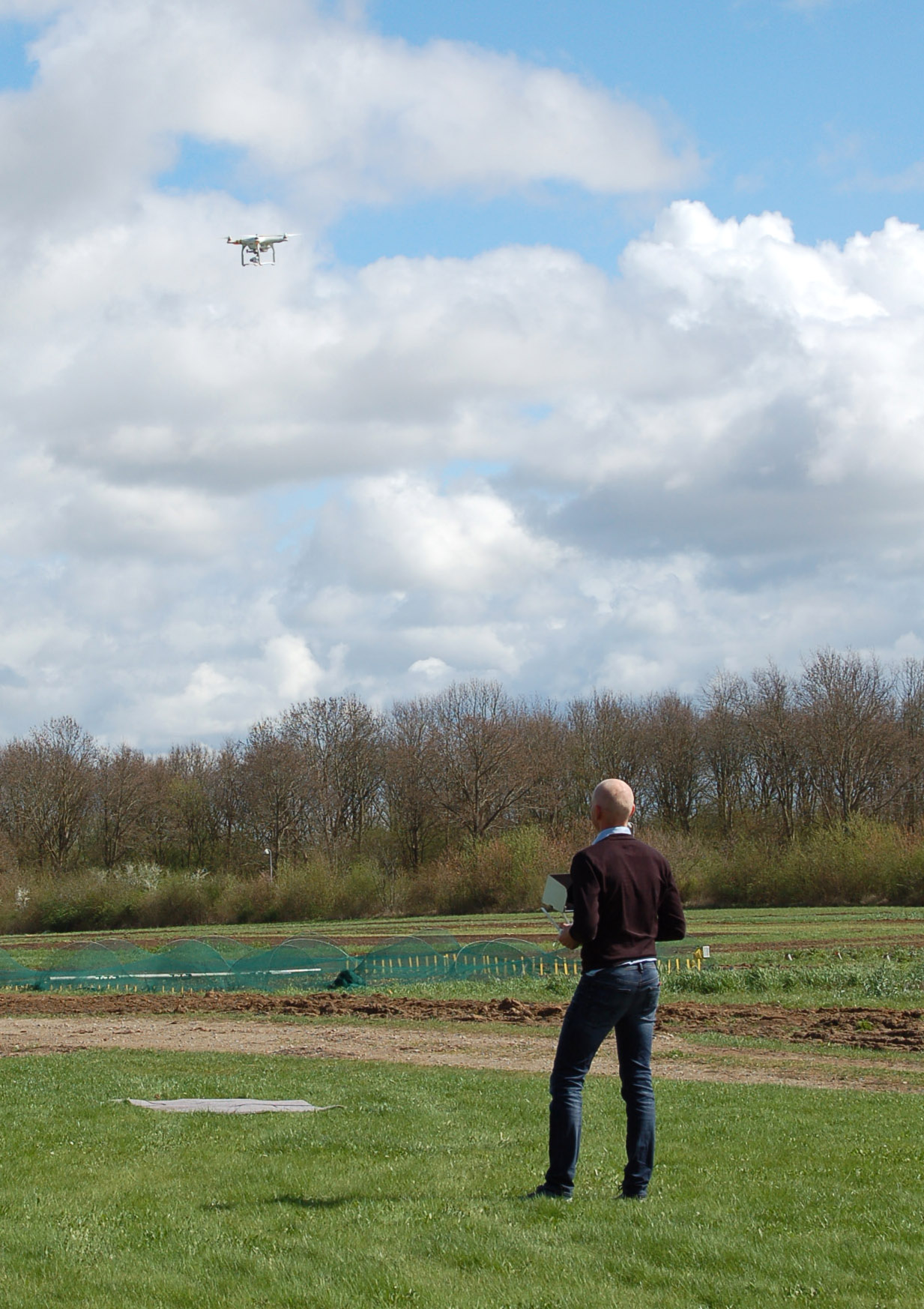
Photo: 6P3 project.
6P3 – The Nordic PPP Plant Phenotyping Project – Phase 3
Project Leader:
Professor Svend Christensen, Department of Plant and Environmental Sciences, Denmark.
Project Partners:
Plant breeding entities: Danespo, Denmark; DLF, Denmark; Findus, Sweden; Graminor, Norway; Lantmännen, Sweden; Sejet Planteforædling, Denmark; Tystoftefonden, Denmark.
Academic institutions: Agricultural University of Iceland (LBHI), Iceland; National Resources Institute Finland (LUKE), Finland; Swedish University of Agricultural Sciences (SLU), Sweden; University of Copenhagen – Department of Plant and Environmental Sciences (PLEN), Denmark.
Associate partners: Estonian Crop Research Institute, Estonia; Lithuanian Research Center for Agriculture and Forestry (LAMMC), Lithuania.
Project Grants:
2021–2023: TSEK 15.976 (shared equally between the PPP and partners).
Main Goals:
- Development of protocols for indoor and field phenotyping using various sensing systems.
- Creation of digital tools and software for managing sensor data.
- Advancement in statistical techniques and the utilization of machine learning.
- Exploration of physiological interpretations of data obtained from various sensing systems.
- Initiation of mechanistic modeling involving genotype, environment, and management interactions.
Nine years ago, the Nordic Public Private Partnership Plant Phenotyping Project (6P) was developed to amplify the application of plant phenotyping as a crop improvement tool, using emerging technologies such as UAV’s (drones). Phase 1 of the 6P project contributed to significant and quick improvements to overall output and efficiency of current breeding strategies in barley, oats, wheat, ryegrass and potatoes in the Nordic region. Phase 2 of 6P transitioned research activities into breeder’s field trials. Low cost UAV technology, coupled with available light-weight broad spectrum cameras, was successfully transferred into high-throughput phenotyping. An essential part has been automation of image management and processing with algorithms developed in the software platform PlotCut3, which extracts the data and integrates it into the GIS software, QGIS. This new method of data collection, storage, and investigation is enhancing the way Nordic plant breeders can consume and interpret information from field trials.
Phase 3 of 6P advanced collaboration between partners into data driven breeding. Current development in technologies as well as a solid scientific and collaborative foundation laid in phase 1 and 2 made it possible to integrate field phenotyping methods with the mathematical plant-soil- atmosphere model DAISY. This model is designed to simulate water balance, heat balance, solute balance, and crop production in agro-ecosystems subjected to various management strategies. The model’s flexible software allows for input of different management practices, soil, and weather data to demonstrate impacts on selected crop traits under different climatic and environmental conditions.
Linking high-throughput phenotyping data and the plant-soil-atmosphere model Daisy resolved in a dual model platform that allows scenario testing to identify relevant plant traits expected in challenging future growth conditions due to environmental and climate change.
In addition to research and development activities, since 2015, the 6P project has established networking activities, including an annual open symposium for colleagues from Nordic and Baltic countries interested in field phenotyping, featuring guest speakers from other countries. Additionally, there has been an annual field day hosted by the partners on a rotating basis. This has been carried out under the umbrella name of the Nordic Plant Phenotyping Network (NPPN).
We will continue the and extend the network into NB-PPN (Nordic-Baltic Plant Phenotyping Network) to strengthen the plant phenotyping community in the Nordic-Baltic region. We do this by joining two previous networks together, NPPN and NordPlant, and continue to build on their strengths. This will be done by maintaining the annual symposia and other network activities.
/Katja Annette Willrodt, Project Manager, University of Copenhagen
